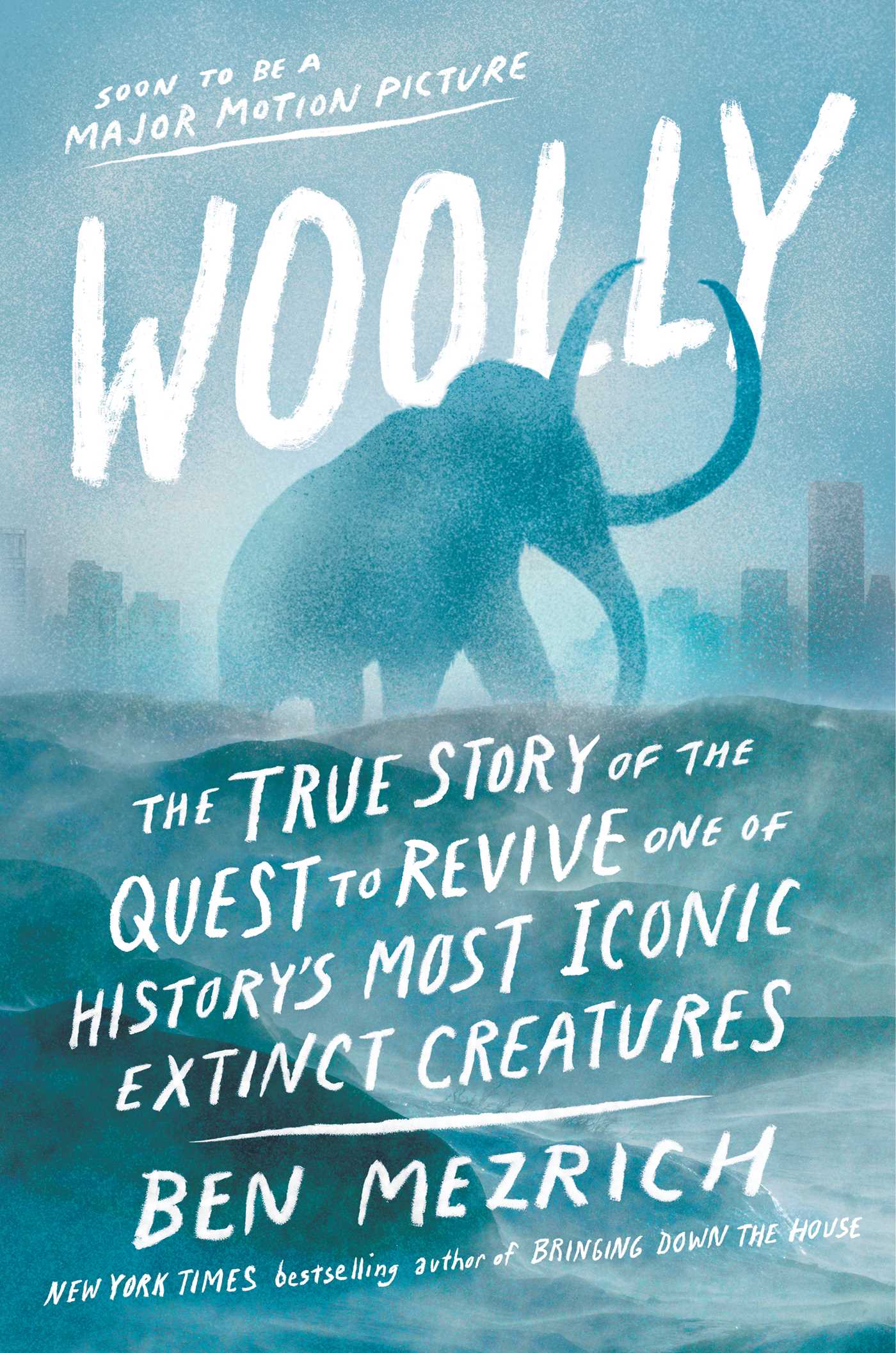Keep Reading for Stewart Brand's Afterword
Reviving and restoring woolly mammoths—and their climate-stabilizing mammoth steppe—is the most spectacular wildlife project that Ryan Phelan and I have taken on for our California nonprofit called Revive & Restore, and thanks to George Church’s marvelous team, it is the furthest along in terms of actually editing genes from an extinct species into the genome of a living relative. What they are doing is brilliant, breakthrough science, and therefore exactly the kind of high-visibility, proof-of-concept example that will show conservation biologists and the general public what a potent new toolkit biotech is bringing to wildlife conservation.
Still, restoring woolly mammoths all the way back to life and to the wild will take many decades, probably most of this century. Identifying and editing all the right genes for the first round of mammoth-like embryos will take time. Developing a successful artificial uterus will take time. Rearing by Asian elephant parents will take time. An elephant generation takes 15 years from a newborn female to its sexual maturity and then another 22 months to the first daughter. Acclimatizing to the far north will take time (though Asian elephants already love snow, as can be seen at a zoo in Ontario). The multiple stages of release to the northern wild will take time. (Russia? Canada? Both?) Each step of the way will be thrilling news. Each ponderous step.
Easier de-extinctions are also under way at Revive & Restore. If ambitiously funded, the first proxy passenger pigeons could be alive as early as 2022. Since they are sexually mature in just 7 months, there could be enough birds to start flocking into the wild by 2032. Along the way, an extinct grouse-like bird of the American east coast called the heath hen will probably be brought back to life as a pioneer species to develop the capability for other birds. (Heath hens are genetically close enough to domestic chickens to build on the sophisticated primordial-germ-cell technology invented for chickens.)
Other extinct species are leading candidates for revival. Tasmania might be able to welcome back its apex predator, a marsupial wolf known as the Tasmanian tiger—hunted to extinction in the 1930s. New Zealand’s famous ostrich-like moas might make a comeback. In Europe, the impressive mother all cattle, the aurochs, which has been extinct since 1627, could return. The entire northern Atlantic ocean was once fished by a flightless, penguin-like bird, the great auk, until the last ones were killed by 1852. They might be revived via their close relative, the razorbill. Other candidates in north America are the colorful Carolina parakeet (extinct by 1918) and the presumed-extinct “Lord God” bird, the ivory-billed woodpecker. The DNA for all these species is well preserved in museum specimens.
De-extinction is dramatic, but it represents only a small part of the benefits that genomic technology can bring to wildlife conservation. Many remnant populations of animals in the wild and in captive breeding programs are facing what is called an “extinction vortex,” as inbreeding forces them into an accelerating loss-of-fitness spiral. America’s most endangered mammal, the black-footed ferret, might be approaching that situation. That’s why Revive & Restore is exploring with US Fish & Wildlife, the San Diego Frozen Zoo, and the biotech company Intrexon the possibility of cloning back to life two ferrets whose tissue was cryopreserved 35 years ago. When revived and breeding, they will enrich the ferret gene pool by increasing the number of founders of the current population from 7 to 9. Yet further genetic diversity might be mined from museum specimens that harbor healthy gene variants (alleles) now missing from living ferrets. If this approach works, it could be applied to a variety of endangered species that need their gene pools restored to healthy variability.
Many wild populations of animals and plants are profoundly threatened by exotic diseases—chytrid fungus in frogs, sylvatic plague in black-footed ferrets, Rapid Ohi’a Death in the keystone ohi’a trees of Hawaii, avian malaria in the forest birds of Hawaii. Can disease resistance be engineered into the genomes of those species? It has been done successfully for the legendary American chestnut tree, once driven to functional extinction by the blight that killed 4 billion trees in the early 20th century. Scientists at SUNY in New York made the trees blight-proof by introducing a fungus-resistant gene from wheat, and the improved tree is now going through the approval process with government regulators. A different approach could work for avian malaria in Hawaii. There the exotic disease is carried by an alien invasive vector, the Culex quinquefasciatus mosquito, which also transmits a human disease, West Nile virus. Several existing genetic techniques could be used to eliminate the mosquitos from the islands, thereby protecting all the birds (and humans) at once.
The term that covers all of these projects (and more to come) is “genetic rescue.” In normal times, wild populations would evolve around such problems, but humans are introducing so many challenges so rapidly that evolution doesn’t have time to generate the needed adaptations. Conservation biologists call what we are doing “facilitated adaptation.” It consists of careful genomic analysis, then minimal gene tweaking, followed by sustained monitoring at every level from ecosystem to individual gene. The goal is to restore ecological biodiversity via precisely enhanced genomic biodiversity.
At Revive & Restore, we find that people come for the mammoths, but they stay for the ferrets and frogs and trees and birds that need help right now. You’ll find more information at our website: reviverestore.org. You are welcome to bring your skills or your resources to the projects you find there.




